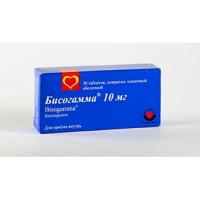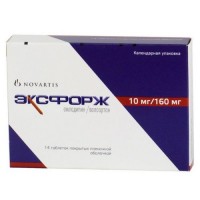Ekvator® (Lisinopril + Amlodipine) 10 mg/5 mg (30 tablets)
- $24.90
Sku:
cd5187b92ac5
Brand:
Gedeon Richter (Hungary)








